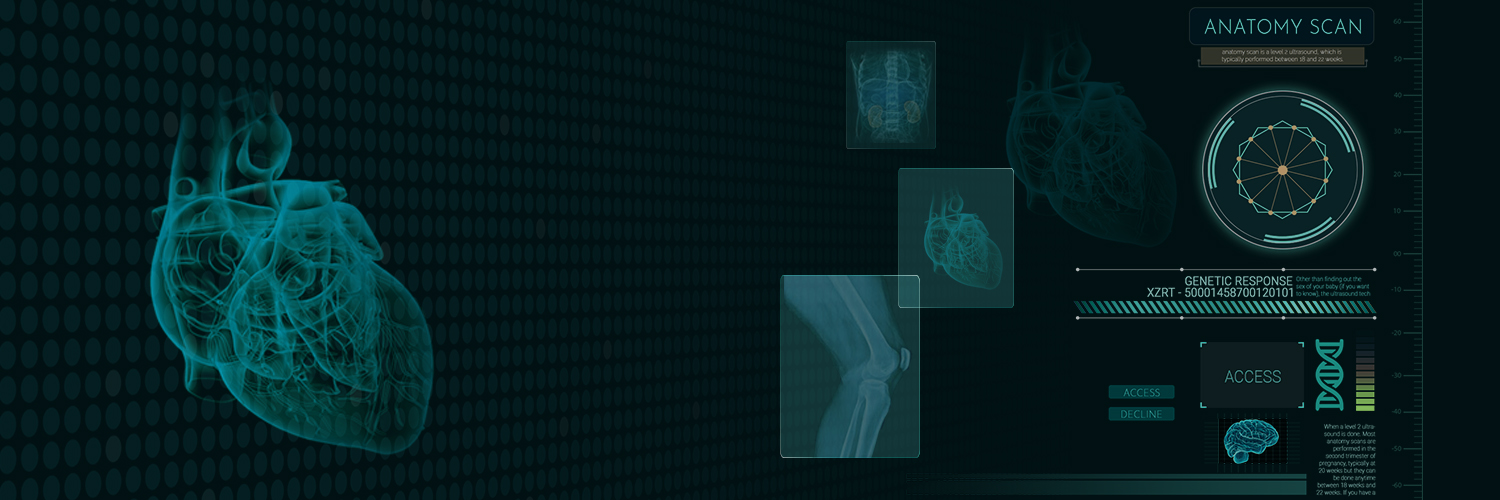
Xylem
Functions:
Phloem
It is composed of following five elements or cells.
Functions
Differences between xylem and phloem:
| Xylem | Phloem |
| It conducts water and minerals. | It conducts organic solutes or food materials. |
| Conduction is mostly unidirectional, i.e., from roots to apical parts of the plant. | In it conduction may be bidirectional, i.e., from leaves to storage organs or growing parts or from storage organs to growing parts of plants. |
| Conducting channels or tracheary elements are tracheids and vessels. | Conducting channels are sieve tubes. |
| Components of xylem include tracheids, vessels xylem parenchyma and xylem fibres. | Components of phloem include sieve tubes, companion cells, phloem parenchyma and phloem fibres. |
| Three of the four elements of xylem are dead (i.e, tracheids, vessels and fibres). Only xylem parenchyma is living. | Three of the four elements are living (i.e., sieve tubes, companion cells and phloem parenchyma). Only phloem fibres are dead. |
| In addition to conduction, xylem provides mechanical strength to the plant. | Phloem performs no mechanical function for the plants. |